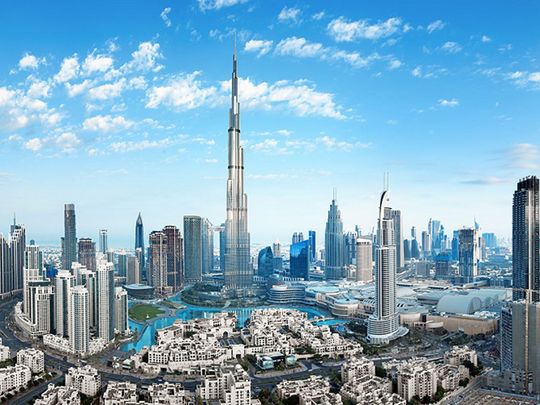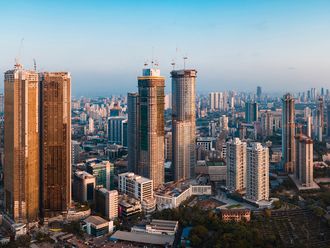
Workplace Design Director and Principal, Gensler Middle East.
Workplaces have always been a dynamic area within architecture - because the office is designed around humans. The pandemic impacted how everyone conducted business, and that shift continues to influence how we think of workplaces today.
In addition, evolving business requirements, generational expectations, and emerging trends, are all shaping the future of workplaces. The need to create attractive destinations that boast inclusive and welcoming spaces which empower people to focus, connect and collaborate has never been more important.
Transformation and adaptive reuse
The drive towards a sustainable future is expected to heighten demand for sustainable, high-performance office retrofits. Decarbonisation targets, more stringent ESG goals, and new government policies will add to the demand for adapted/retrofitted buildings.
Adaptive reuse requires modification into higher-performance assets, with a lower carbon cost to comply with emerging policy requirements based on lifecycle carbon analysis.
Local building codes and usage regulations are being updated as authorities discover opportunities to add more housing, and address stranded office building assets, while supporting the demand for a more varied mix of uses in central business districts (CBD).
These changes are expected to open the door for the conversion of many types of spaces. In the GCC, we are seeing the highest volume of adaptive reuse from the hospitality industry into commercial units.
Cities have identified that focused CBDs no longer serve them, and as such are creating public-private partnerships or offering attractive government incentives that can help ease approval processes, and the tight margins on attainable housing projects.
Office developers
A report published by CBRE recently revealed that in Q3-2023, average Prime, Grade A, and Grade B rents in Abu Dhabi increased by 7 per cent, 8.6 per cent, and 13 per cent, respectively. Rental growth in the Prime and Grade A segments is expected to remain healthy, the report added.
Developers are aware of tenant appetites and are adding unique features and personality to their buildings through a mix of new uses and positioning within the city/neighbourhood.
Office developers are also investing in converting Class B and C buildings to new uses, which is contributing to the trend of built-in adaptability for new buildings. In this scenario, the choice of building systems becomes more important, as developers recognise an office building may need to serve different requirements in the future.
More sustainable business practices are in demand, meaning companies with ambitious Net Zero and ESG goals will exclusively choose office buildings that are built for minimal environmental impact.
Headquarters of the future
Key Middle Eastern markets, such as the UAE and Saudi Arabia, have successfully positioned themselves as ideal locations for global firms to set-up regional headquarters. This has given rise to the design and ongoing delivery of some spectacular new workplaces and buildings.
Post-COP28, it’s vital that capital-intensive undertakings such as the development of regional headquarters include significant sustainability measures, and incorporate long-term resilience planning. Workplaces must prioritise high-performance bespoke spaces that allow a business to respond to changing market dynamics with greater efficiency, impact, and innovation.
Monolithic, office-focused downtowns have become a thing of the past, replaced by vibrant districts that are focused on a mixed-use collection of retail, entertainment, sports, housing, and other lifestyle-anchored developments.
New workplace realities
Companies that invest in change management to enable the transition to new workspace designs, hybrid work arrangements, and evolving jobs will secure an advantage in the long term. Amenity spaces will need to be multifunctional and, simultaneously, learning and development programs will need to incorporate hybrid work arrangements.
New workplaces must also include unique styling and hospitality elements to create the comforts of home, while the integration of state-of-the-art A/V and technology needs to offer what a home office usually does not.
The need for unified physical and digital experiences across workplace environments will also fuel the need for new guidelines, and this will see greater emphasis placed on design strategy and branding. For large firms, the differentiator will be developing strategies tailored to local markets, while remaining aligned with the overall brand.
The focus will be less on how many people come into the office and more on what the future of work looks like to support their people’s needs. In 2024, businesses will continue to plan for in-person experiences in spaces that are agile enough to evolve with the changing demands of the workforce.
And useful enough to earn people’s commutes…













